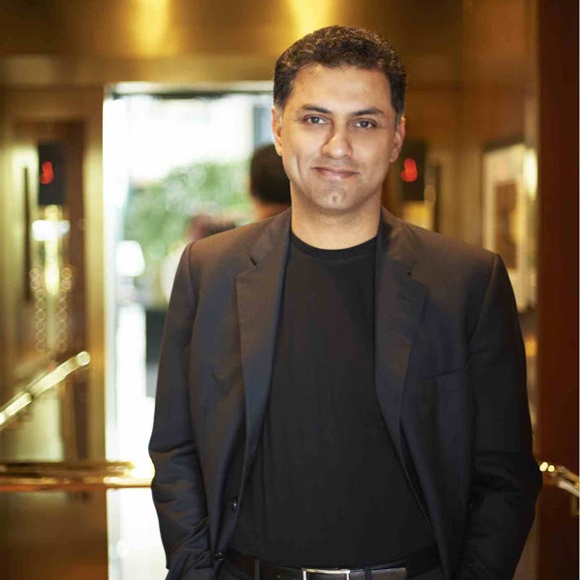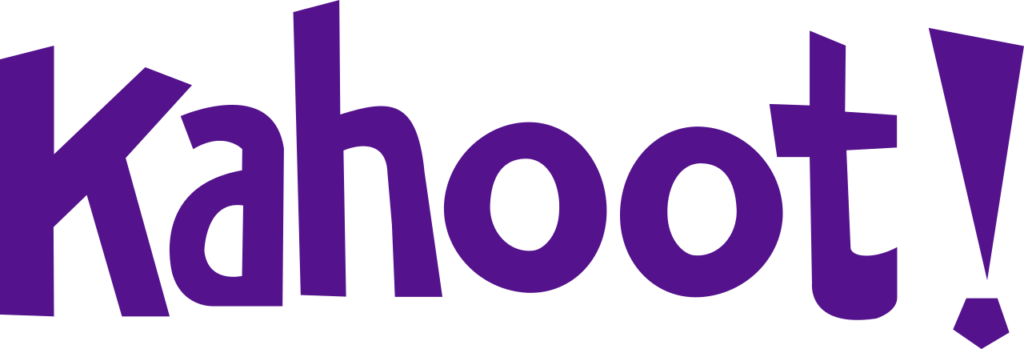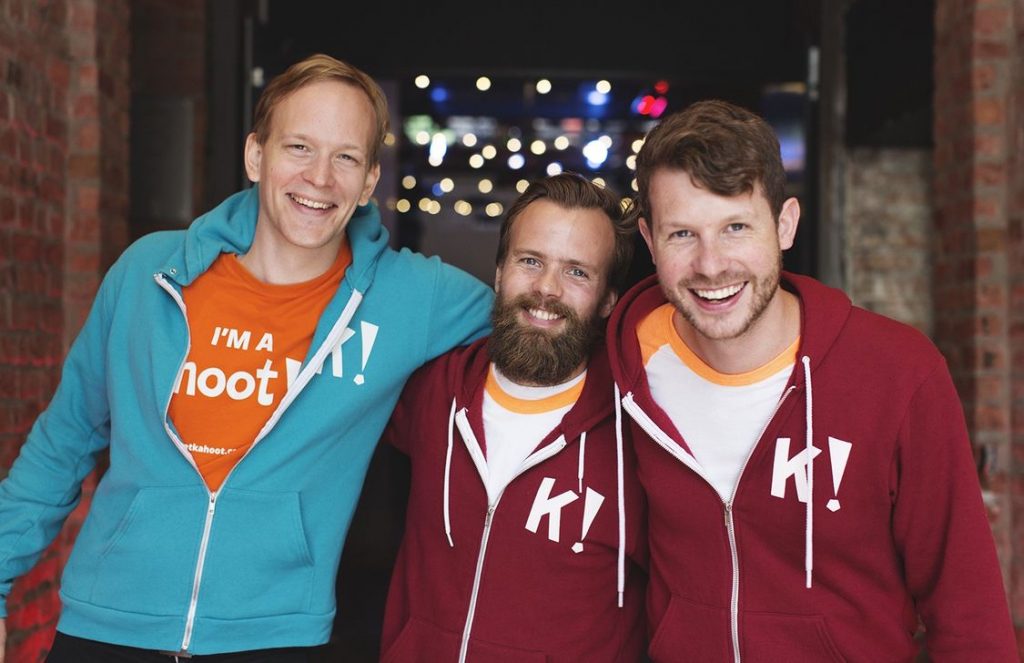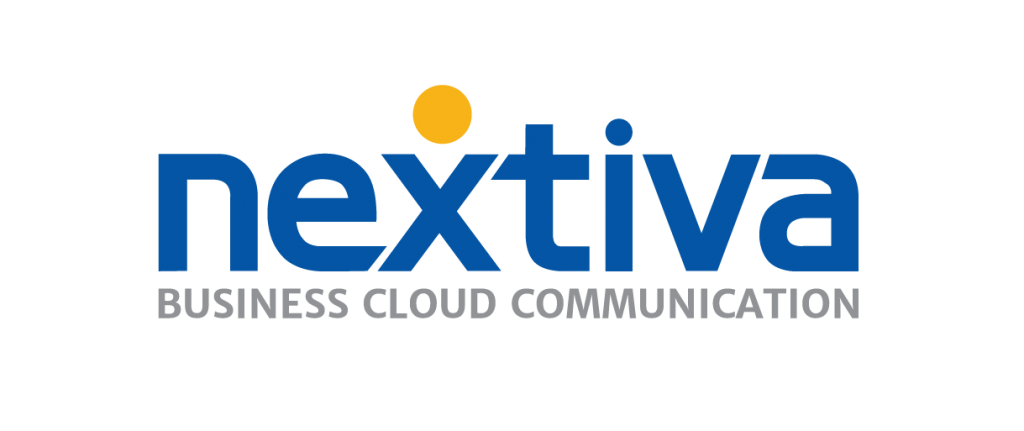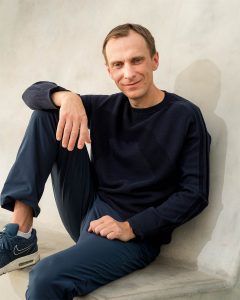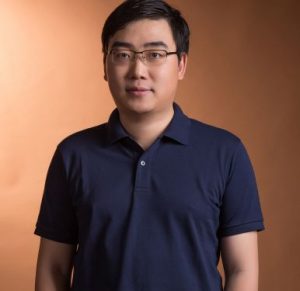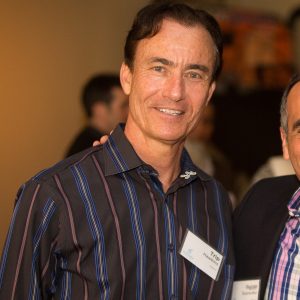Parag Agrawal to replace Jack Dorsey as the new CEO for Twitter.
Twitter announced that Jack Dorsey is stepping down as CEO and that Parag Agrawal has been appointed as CEO and a member of the Board of Directors. Dorsey will remain on the Board of Directors until the 2022 annual meeting of stockholders when his term will come to an end. Bret Taylor has been appointed as the new Chairman of the Board, succeeding Patrick Pichette, who will remain on the Board and chair the Audit Committee. Since 2017, Agrawal has served as Chief Technology Officer at Twitter, where he has worked for more than a decade.
“Because I believe the company is ready to move on from its founders, I’ve decided to leave Twitter. I have a lot of faith in Parag as Twitter’s CEO. His work has had a profound impact over the last ten years. I owe him a debt of gratitude for his talent, heart, and soul. It is now his turn to lead “Dorsey stated.
Twitter’s incoming Independent Board Chair, Bret Taylor, stated, “On behalf of the Board, I’d like to express our gratitude to Jack for his visionary leadership and unwavering commitment to Twitter since its inception. Jack returned to Twitter and saved the company at a critical juncture. Since then, the progress has been nothing short of amazing. Jack has left the world with something priceless, and we will continue to carry it on.”
Taylor remarked, “Parag is familiar with Twitter and recognizes its unique potential. He’s been instrumental in tackling some of our most pressing issues, such as increasing our development velocity, and I’m confident he’ll get right to work to improve execution and deliver results. The Board of Directors has complete faith in Parag.”
“I appreciate the Board’s faith in my leadership, as well as Jack’s continued mentorship, support, and partnership,” Agrawal said. “I’m excited to build on everything we’ve accomplished under Jack’s leadership and to seize the opportunities that lie ahead. We will deliver tremendous value to our customers and shareholders by continuing to improve our execution as we reshape the future of public discourse.”
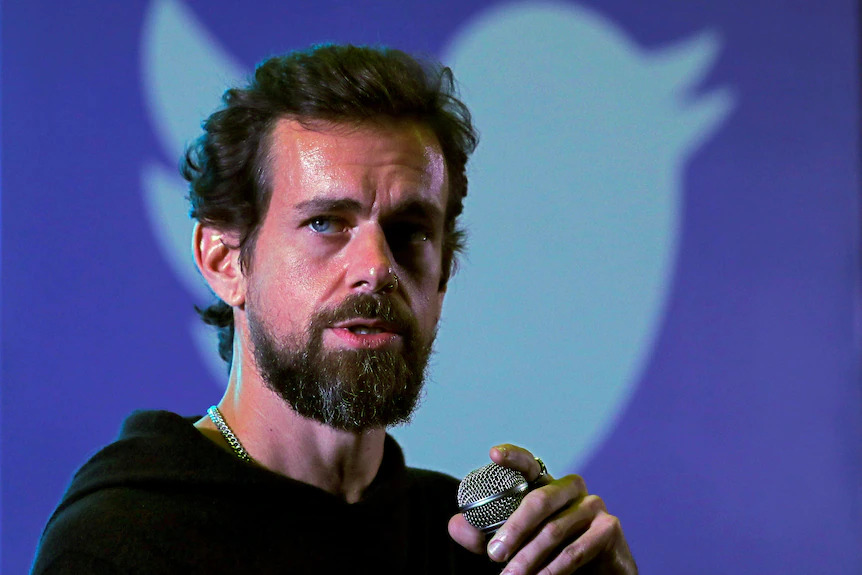
Board Updates
Besides Agrawal’s appointment, Twitter has appointed Brett Taylor as independent chair, effective immediately. He has served on the Twitter Board since 2016. Taylor succeeds Patrick Pichette, who will continue to serve as chair of the Audit Committee and as a member of the Board of Directors. Taylor currently serves as the President and Chief Operating Officer of Salesforce, and has extensive experience in the technology sector, overseeing strategy and technology development.
Financial Outlook
The Company’s previously announced fourth-quarter and full-year 2021 outlooks, as well as its 2023 objectives, remain unchanged. On December 7, 2021, at 9:05 a.m., the Company will speak at the Barclays Global Technology, Media, and Telecommunications Conference. The previously announced virtual fireside chat with Ned Segal, CFO, will include PT. Parag. Twitter’s Investor Relations website, investor.twitterinc.com, will host a live webcast as well as a replay.
About Parag Agrawal
Since October 2017, Parag Agrawal has been the Chief Technology Officer (CTO) of Twitter, which he joined in 2011. As CTO, he has been in charge of the company’s technical strategy, leading efforts to increase development velocity while also advancing the state of Machine Learning throughout the organization. Prior to his appointment as CTO, Parag had risen to become Twitter’s first Distinguished Engineer for his work in revenue and consumer engineering, which included his role in re-accelerating audience growth in 2016 and 2017. He earned a doctoral degree in computer science from Stanford University and a bachelor’s degree in computer science and engineering from the Indian Institute of Technology, Bombay.
